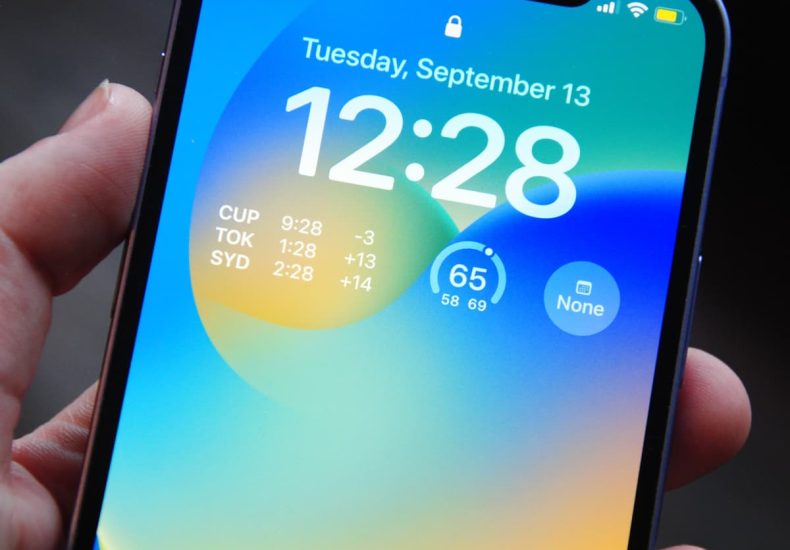
How to Safeguard Your iPhone from Thieves Locking You Out

iPhone theft is on the rise, and it’s not just the device that’s at risk. Thieves often lock owners out, making it nearly impossible to regain control. Protecting your iPhone is crucial. By following a few key steps, you can safeguard your device and personal data. Here’s how to protect yourself from iPhone thieves and keep your device secure.
1. Set Strong Passcodes and Use Biometric Authentication
A strong passcode is the first defense against iPhone thieves. Avoid easy-to-guess codes like “1234” or your birthdate. Instead, use a six-digit code or alphanumeric password.
Additionally, enable Face ID or Touch ID. These features make it harder for anyone to bypass your phone’s security. Biometric authentication, using your face or fingerprints, adds another barrier. These layers make it significantly more difficult for thieves to gain access to your device.
2. Enable Two-Factor Authentication (2FA)
Two-factor authentication (2FA) is essential for Apple ID security. It requires a second verification step to log into your Apple account, even if someone steals your phone.
When enabled, you’ll receive a code on your trusted device or phone. Thieves won’t be able to access your account without this second step, even if they try to reset your Apple ID password.
3. Turn On Find My iPhone
The “Find My” feature is another essential tool to protect yourself from iPhone thieves. To enable it, go to Settings, tap your Apple ID, and turn on “Find My iPhone.”
If your phone is lost or stolen, you can track its location, remotely lock it, or wipe its data. This gives you the option to keep thieves from accessing your sensitive information.
4. Set Up Remote Wipe
Remote wipe allows you to erase all data from your iPhone if it’s lost or stolen. When you enable “Find My iPhone,” you can remotely erase your phone via iCloud or the “Find My” app.
This ensures that your data remains protected, even if the phone is in the wrong hands. Once wiped, the phone resets to factory settings, and the thief can’t access your information.
5. Use a Protective Case
Physical protection is just as important as digital security. A sturdy case can prevent damage from drops or accidents.
A good case may also deter thieves who are looking for an easy target. If a thief notices a high-value device without protection, they might be more likely to steal it. A case can reduce that likelihood.
6. Report the Theft Immediately
If your iPhone is stolen, report it to the authorities right away. Provide them with your device’s serial number or IMEI, which you can find on your iCloud account or the original packaging.
Reporting your stolen phone not only helps you recover it but also protects you in case the thief tries to sell or use it fraudulently.
Conclusion: How to Keep Your iPhone Secure
Protecting your iPhone from thieves is about more than just using a passcode. Enabling features like biometric authentication, two-factor authentication, and “Find My iPhone” significantly boosts your security.
Physical protection, like using a case, also plays a key role in preventing theft. And, if the worst happens, use remote wipe to erase your data and report the theft.
By following these steps, you can protect yourself from iPhone thieves and ensure your personal information stays safe.